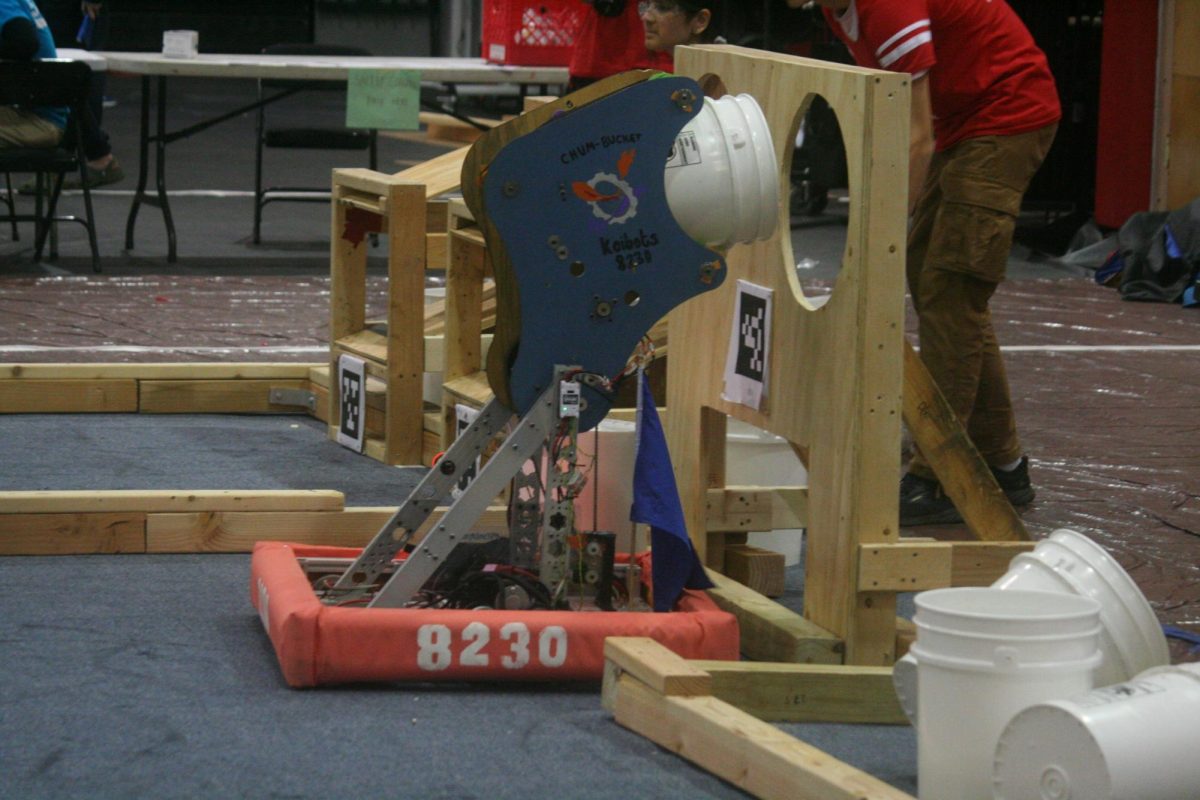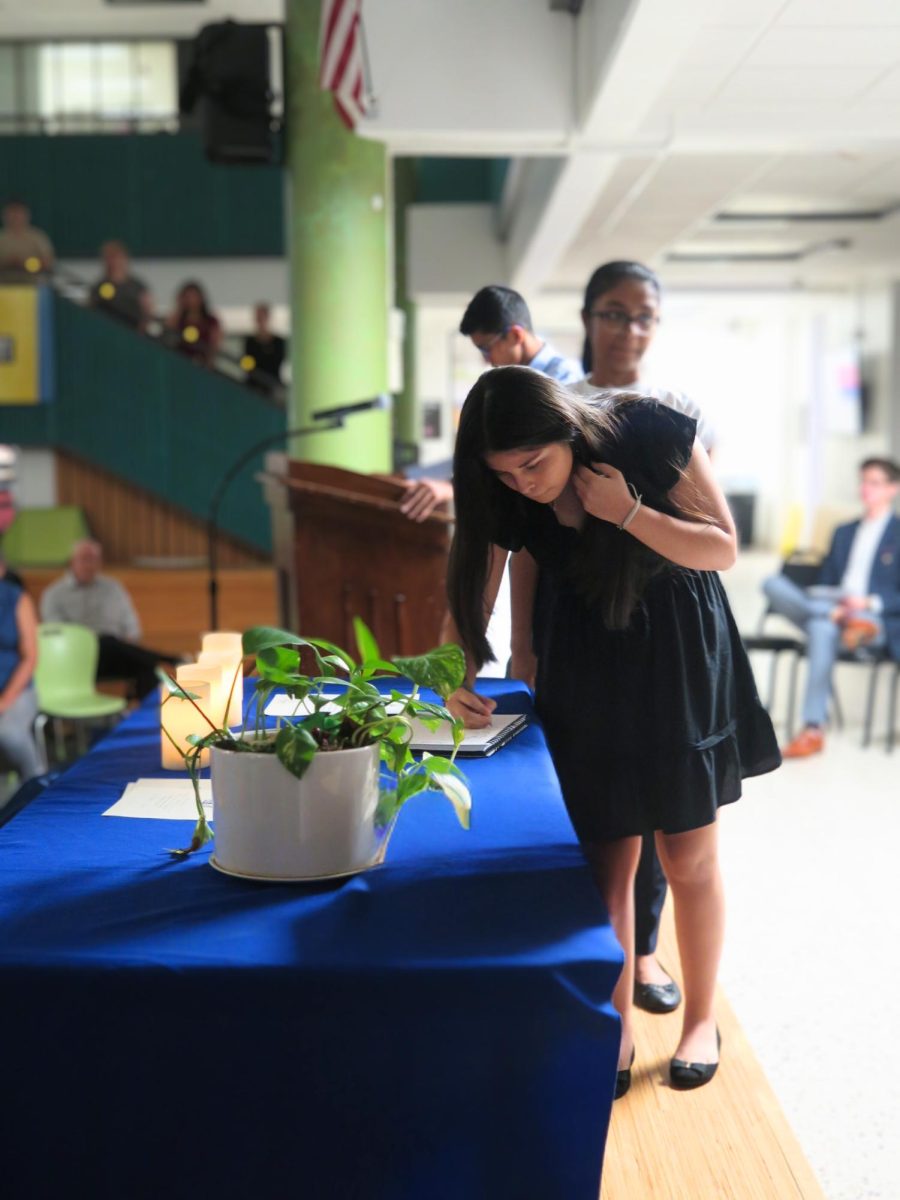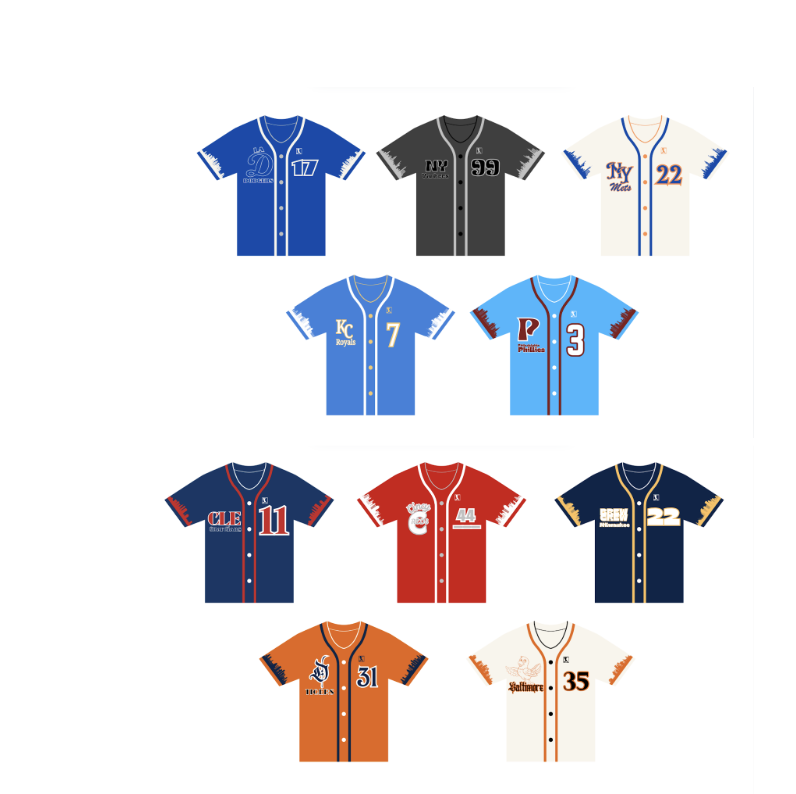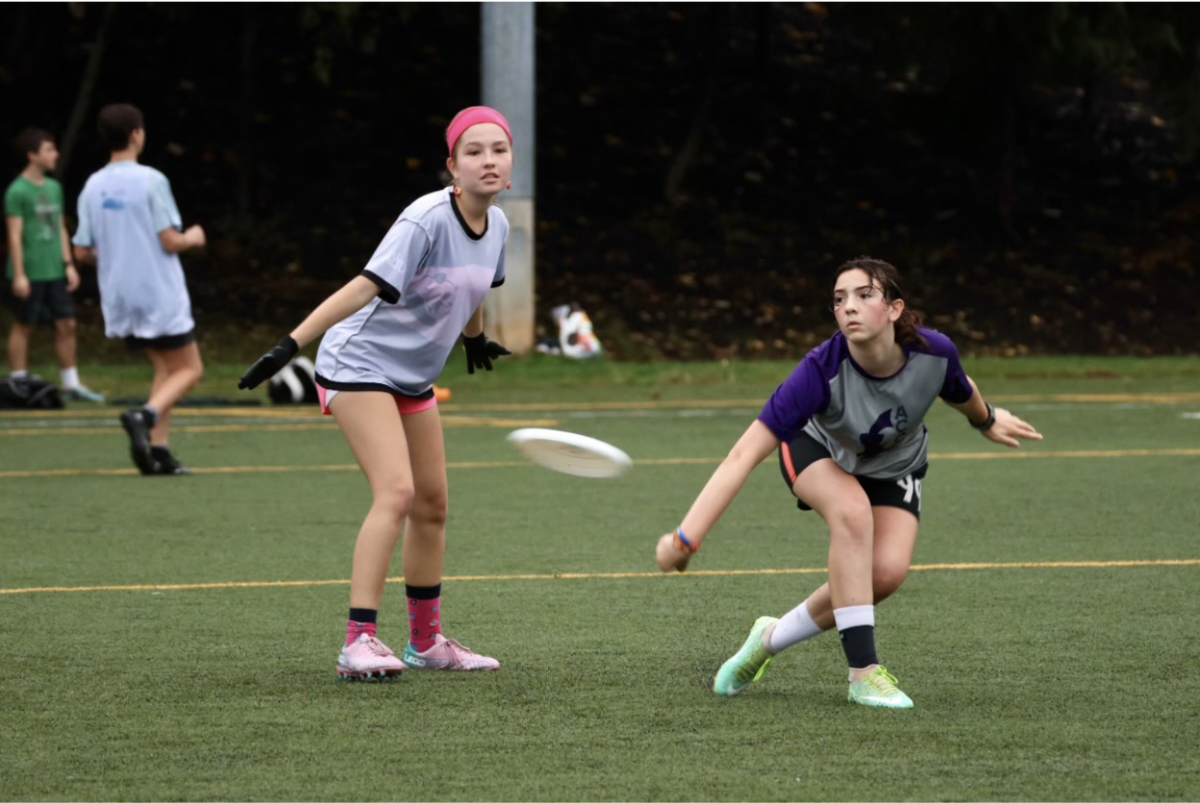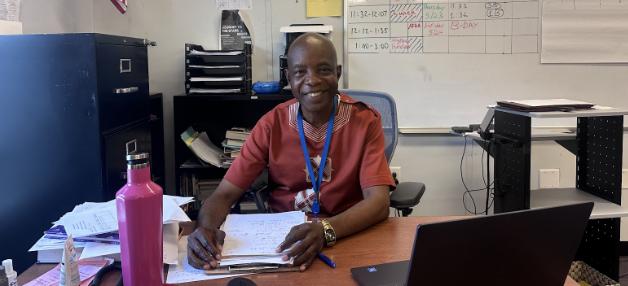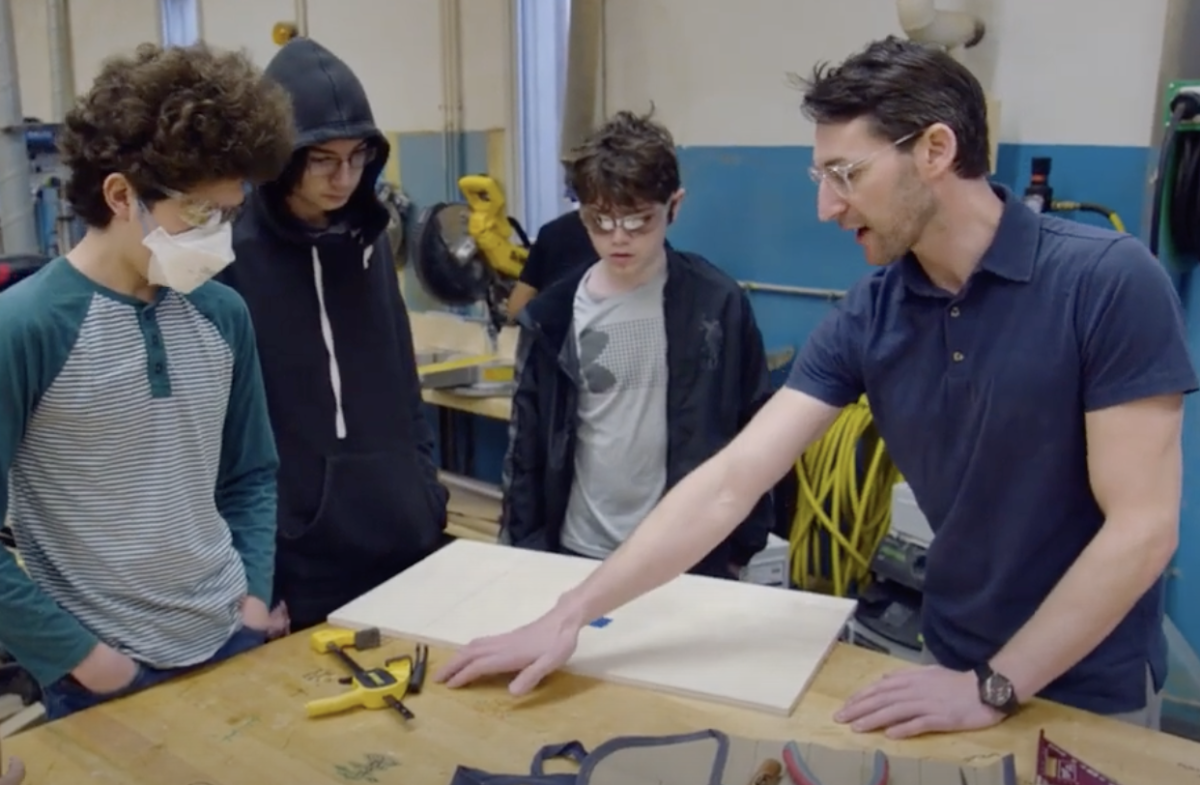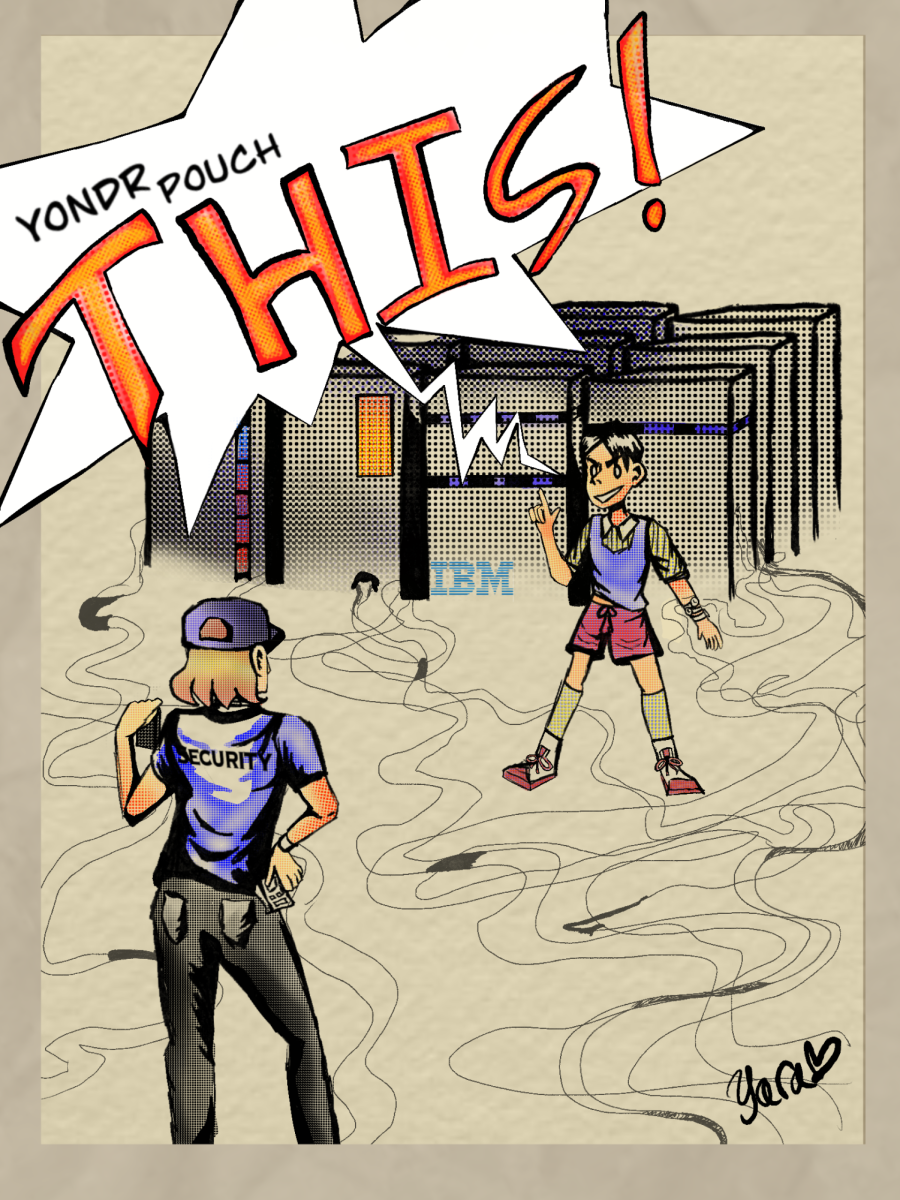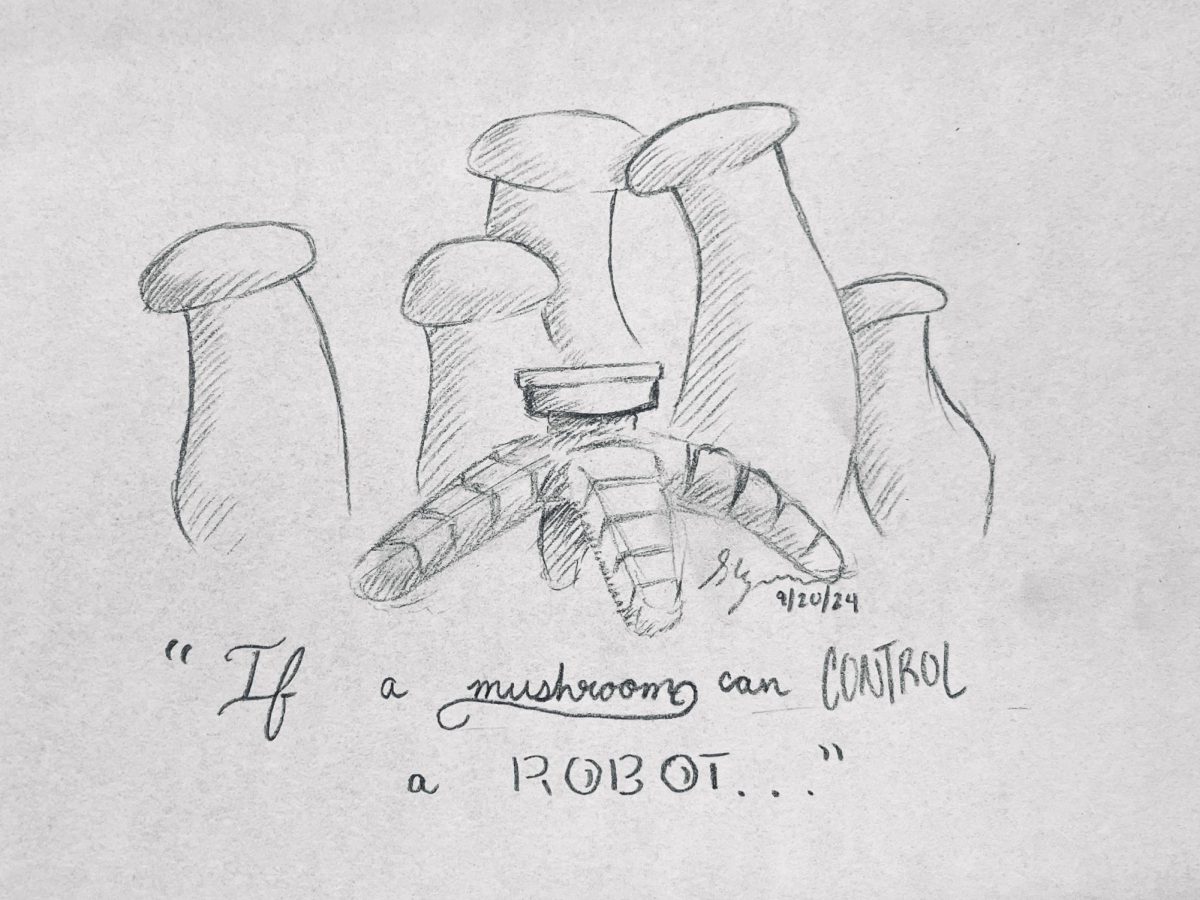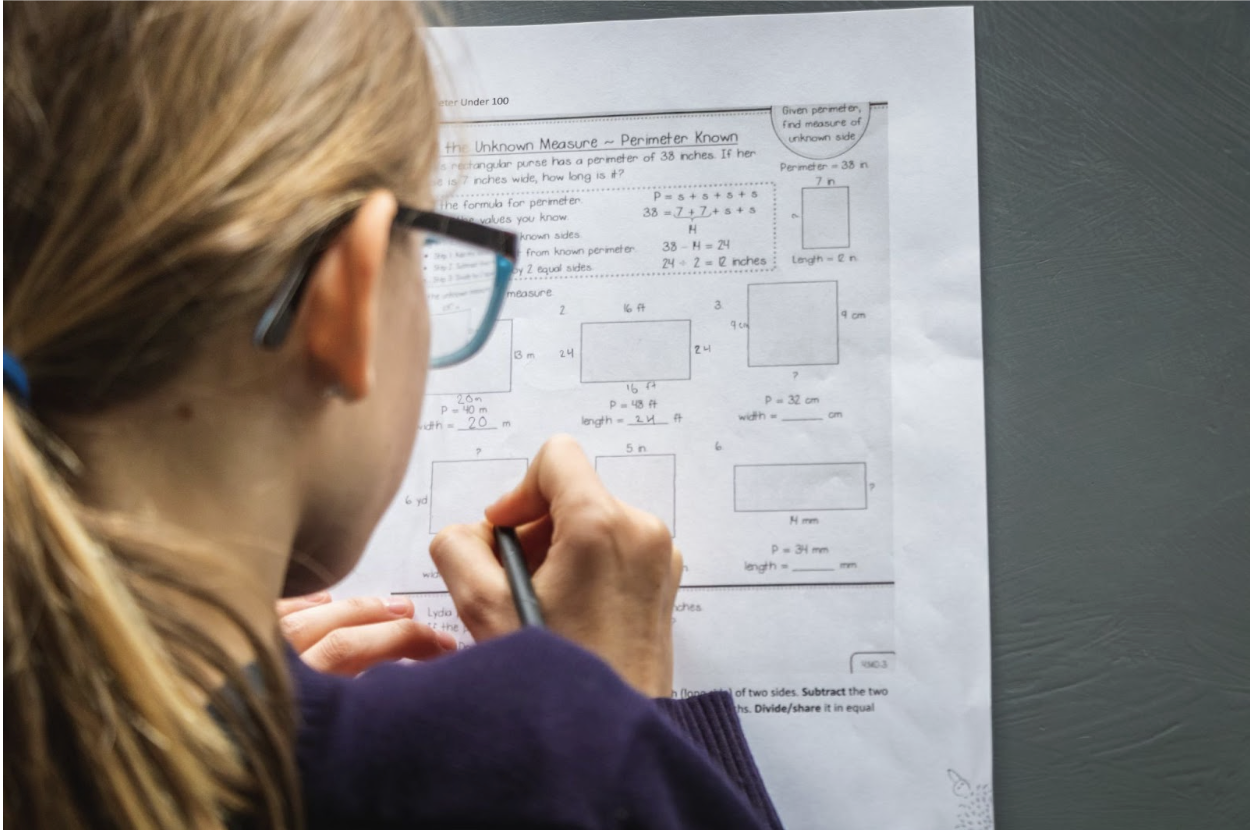
Homework and studying are considered by many to be two of the hardest and most boring aspects of school. It can be particularly difficult for those with mental disorders like ADD or ADHD, conditions that continue to grow more and more widespread every day. This is especially important in high school, when the workload grows greater than ever before, forcing students to adapt or be swept up in the tide. Even experts like Justine Ruotolo, a renowned executive functioning coach and the self-proclaimed ‘Queen of ADD,’ say that “If it were up to [them], homework would be illegal.” Despite this, both homework and studying have persisted for decades, and there’s no sign of them disappearing anytime soon. Therefore, the best those with ADD (or even those without) can do for now is find effective strategies for studying and doing homework. In this article, I’ll lay out a few of the most prevalent problems students have with studying and doing homework, and then introduce possible solutions to each.
The first issue I’ll talk about is perhaps one of the most prevalent in students with ADD, that being lack of focus. A very high percentage of people diagnosed with ADHD or ADD have trouble focusing, so finding a solution for this is especially important. The two most common methods of helping students focus on work or lessons may seem quite counterintuitive and distracting at first, but looking at studies as well as the science behind ADD, it becomes clear that they’re anything but. The first of these two methods are fidgets. Fidgets come in all shapes and sizes, whether it be stress balls, literal fidget toys, or even more unconventional objects like magnets. The second method is listening to music, but it must be stressed that the music should be calming, and should not have lyrics, since students may end up focusing on the lyrics and diverting their attention. Also, even though this should be obvious, students definitely should not listen to music during lectures or even group work, as their ears should be open and ready to listen. Now, I mentioned earlier that fidgets and music have been proven to be effective for focusing, but I didn’t exactly go into how. Fidgets provide stimulation during the times students are starved of it most, doing their homework. As for music, the rhythm and structure activates both the left and right hemispheres of the brain, allowing students to work better and concentrate longer. One final method some would recommend for aiding focus is called the ‘Pomodoro Method.’ The Pomodoro Method is a form of doing work where students spend 25 minutes working on assignments, then take a five minute break, then repeat this cycle until the work is finished. Additionally, if students wish to take more breaks they can lower the time spent working to 15 or 20 minutes per cycle, but they must make this change before starting so as to keep the allotted time consistent throughout. This method can help focus due to refreshing students’ focus, but can also end up working against them, as many students can have trouble transitioning into their work, so having to do that every 30 minutes can severely slow down their work.

Another issue that plagues students, particularly those studying for tests, is memorization. Being able to memorize concepts is important for almost every class, whether it be dates for history, plot points in a book for English, formulas for math, or something else entirely. As such, it’s key that students can memorize these concepts effectively. The first strategy students can use is writing notes. Not typing them, writing them. I shouldn’t need to explain why making notes helps with memorization, but the reason students should specifically hand write the notes is because the effort of writing the words will physically ingrain them in the brain better than typing them. Additionally, color-coding notes can help students organize their thoughts, which causes subsequent reviewing of the notes to be significantly easier. Furthermore, the act of color-coding the notes also ingrains the memory of the content in the same way as writing the notes. One more strategy for memorizing information is mnemonic devices. Mnemonic devices are words that students can associate with key concepts so they can make key concepts more memorable. Examples of mnemonic devices include acronyms, such as F.A.N.B.O.Y.S, short words, such as associating the word “assail” with “sail”, and phrases, such as My Very Excellent Mom Just Served Us Noodles for the planets of the solar system.
The final topic I’ll tackle in this article is remembering work. Many neurodivergent students such as myself have problems with remembering upcoming assignments or tests. One quick solution to fix this is writing assignments in a planner, then checking said planner while doing homework. This can be a hard thing for some students to do, since it forces students who already have memory issues to remember to write in their planner, but once students have built the habit, it’s quite hard to shake.
















